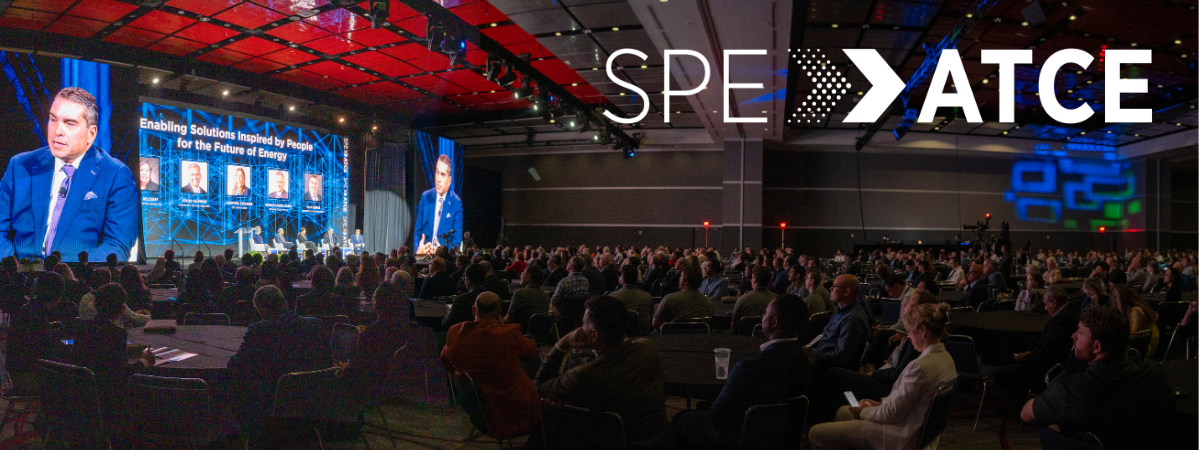Extend your conference experience by adding a training course. Select from the courses below to find a topic that matches your learning and professional development needs. SPE collaborates with recognized experts to develop training courses covering a wide range of industry topics. Participants receive 0.8 Continuing Education Units (CEUs) for one-day courses and 1.6 CEUs for two-day courses.
Training courses are not included with the purchase of conference registration and must be purchased separately during the registration process.
Your training course fee will include a copy of the digital course material, lunch and coffee breaks, and CEUs (Continuing Education Units).




